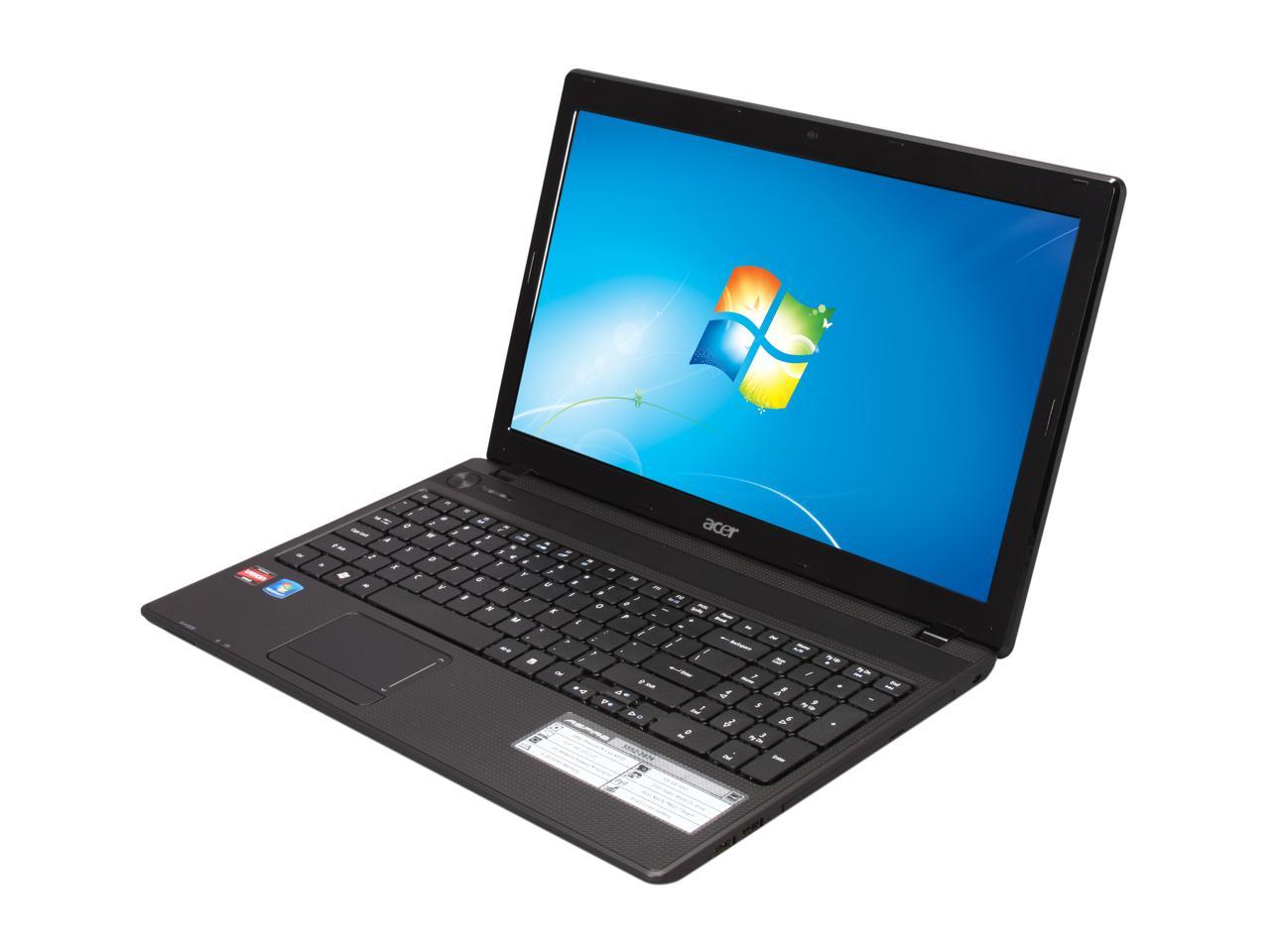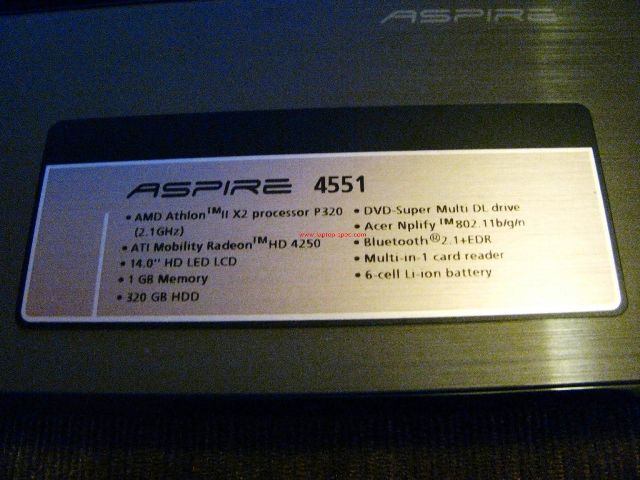

- AMD M880G WITH ATI MOBILITY RADEON HD 4250 SPECS DRIVERS
- AMD M880G WITH ATI MOBILITY RADEON HD 4250 SPECS PROFESSIONAL
- AMD M880G WITH ATI MOBILITY RADEON HD 4250 SPECS SERIES
- AMD M880G WITH ATI MOBILITY RADEON HD 4250 SPECS WINDOWS
A compatible HDCP display is also needed for this. ^ a b To play protected video content, it also requires card, operating system, driver, and application support.
AMD M880G WITH ATI MOBILITY RADEON HD 4250 SPECS DRIVERS
In Linux, there is no support on the part of drivers and / or community.
AMD M880G WITH ATI MOBILITY RADEON HD 4250 SPECS WINDOWS
In Windows it works as a DirectShow filter in your player.
^ Video processing ASIC for video frame rate interpolation technique. ^ a b c The UVD and VCE were replaced by the Video Core Next (VCN) ASIC in the Raven Ridge APU implementation of Vega. ^ OpenGL 4+ compliance requires supporting FP64 shaders and these are emulated on some TeraScale chips using 32-bit hardware. ^ R300, R400 and R500 based cards do not fully comply with OpenGL 2+ as the hardware does not support all types of non-power of two (NPOT) textures. AMD M880G WITH ATI MOBILITY RADEON HD 4250 SPECS SERIES
^ The Radeon 100 Series has programmable pixel shaders, but do not fully comply with DirectX 8 or Pixel Shader 1.0. (on Linux: 1.1 (no Image support) with Mesa 3D, 2.0 with AMD drivers or AMD ROCm) The following table shows features of AMD/ ATI's GPUsĤ.5 (on Linux: 4.5 (Mesa 3D 21.0)) ġ.2 (on Linux: 1.1 (no Image support) with Mesa 3D) Vega - UVD 7.0, VCE 4.0 and VCN 1.0 only at AMD Raven Ridge.  Volcanic Islands - UVD 5.0, 6.0, VCE 3.0. Northern Islands - UVD 3 (HD 67xx UVD 2.2). R300 - Video Immersion II + Video Shader. The following tables are for reference use only, and do not reflect actual performance. API support – Rendering and computing APIs supported by the GPU and driver.ĭue to conventions changing over time, some numerical definitions such as core config, core clock, performance and memory should not be compared one-to-one across generations. Bus interface – Bus by which the graphics processor is attached to the system (typically an expansion slot, such as PCI, AGP, or PCIe). TBP (Typical board power) – Typical power drawn by the total board, including power for the GPU chip and peripheral equipment, such as Voltage regulator module, memory, fans, etc., measured in Watt. TDP ( Thermal design power) – Maximum amount of heat generated by the GPU chip, measured in Watt. Bandwidth – Maximum theoretical memory bandwidth based on bus type and width. Clock – The reference memory clock frequency.
Volcanic Islands - UVD 5.0, 6.0, VCE 3.0. Northern Islands - UVD 3 (HD 67xx UVD 2.2). R300 - Video Immersion II + Video Shader. The following tables are for reference use only, and do not reflect actual performance. API support – Rendering and computing APIs supported by the GPU and driver.ĭue to conventions changing over time, some numerical definitions such as core config, core clock, performance and memory should not be compared one-to-one across generations. Bus interface – Bus by which the graphics processor is attached to the system (typically an expansion slot, such as PCI, AGP, or PCIe). TBP (Typical board power) – Typical power drawn by the total board, including power for the GPU chip and peripheral equipment, such as Voltage regulator module, memory, fans, etc., measured in Watt. TDP ( Thermal design power) – Maximum amount of heat generated by the GPU chip, measured in Watt. Bandwidth – Maximum theoretical memory bandwidth based on bus type and width. Clock – The reference memory clock frequency.  Bus width – Maximum bit width of the memory bus utilized. Bus type – Type of memory bus utilized. Vertex operations - The amount of geometry operations that can be processed on the vertex shaders in one second (only applies to Direct3D 9.0c and older GPUs). Shader operations - How many operations the pixel shaders (or unified shaders in Direct3D 10 and newer GPUs) can perform. Texture - The rate at which textures can be mapped by the texture mapping units onto a polygon mesh. Pixel - The rate at which pixels can be rendered by the raster operators to a display. Core clock – The reference base and boost (if available) core clock frequency. Core config – The layout of the graphics pipeline, in terms of functional units. Die Size – Physical surface area of the die. Transistors – Number of transistors on the die. Average feature size of components of the GPU. Architecture – The microarchitecture used by the GPU. Codename – The internal engineering codename for the GPU.
Bus width – Maximum bit width of the memory bus utilized. Bus type – Type of memory bus utilized. Vertex operations - The amount of geometry operations that can be processed on the vertex shaders in one second (only applies to Direct3D 9.0c and older GPUs). Shader operations - How many operations the pixel shaders (or unified shaders in Direct3D 10 and newer GPUs) can perform. Texture - The rate at which textures can be mapped by the texture mapping units onto a polygon mesh. Pixel - The rate at which pixels can be rendered by the raster operators to a display. Core clock – The reference base and boost (if available) core clock frequency. Core config – The layout of the graphics pipeline, in terms of functional units. Die Size – Physical surface area of the die. Transistors – Number of transistors on the die. Average feature size of components of the GPU. Architecture – The microarchitecture used by the GPU. Codename – The internal engineering codename for the GPU. AMD M880G WITH ATI MOBILITY RADEON HD 4250 SPECS PROFESSIONAL
Note that ATI trademarks have been replaced by AMD trademarks starting with the Radeon HD 6000 series for desktop and AMD FirePro series for professional graphics. Model – The marketing name for the GPU assigned by AMD/ ATI.The headers in the table listed below describe the following: 9.3 FirePro Server series (S000x/Sxx 000).Since 2010, AMD's graphics processor products have ceased using the ATI brand name. The acquisition of ATI in 2006 was important to AMD's strategic development of its Fusion generation of computer processors, which integrated general processing abilities with graphics processing functions within a [[integrated circuit With the decline and eventual bankruptcy of 3dfx in 2000, ATI and its chief rival Nvidia emerged as the two dominant players in the graphics processors industry, eventually forcing other manufacturers into niche roles. As a major fabrication-less or fabless semiconductor company, ATI conducted research and development in-house and outsourced the manufacturing and assembly of its products. Advanced Micro Devices (AMD) acquired ATI in 2006. Founded in 1985 as Array Technology Inc., the company listed publicly in 1993. (commonly called ATI, later known as Radeon Technologies Group ) was a semiconductor technology corporation based in Markham, Ontario, Canada, that specialized in the development of graphics processing units and chipsets.







 0 kommentar(er)
0 kommentar(er)
